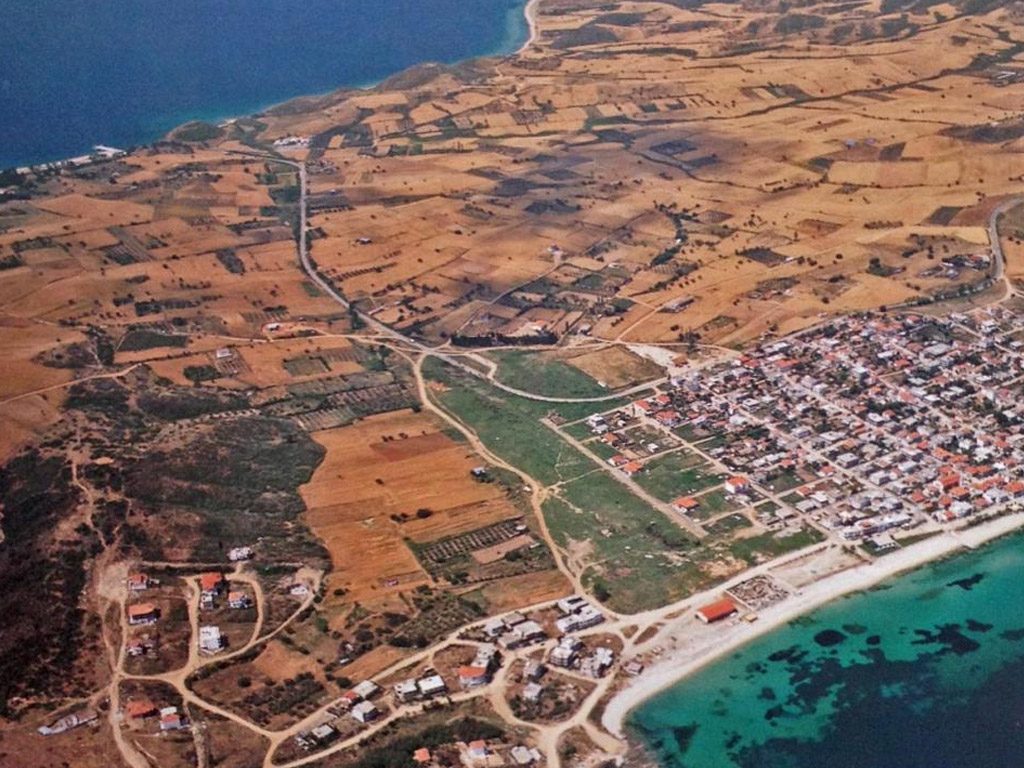
Nea Roda is well known for it’s position at the Xerxis Canal, one of the biggest engineering projects in ancient. Greece. According to the ancient historian Herododus, Xerxis, the powerful king of Persia invaded Greece in 480 B.C. Ten years before his predecessor Mardonios attempted to do the same but failed because his substantial navy was destroyed in a storm as he tried to circumnavigate Mount Athos. It is said that he lost 300 triremes and 20,000 soldiers. In order to show his might over the elements Xerxis decided to cut a canal at the narrowest point of the Athos Peninsula big enough for his substantial navy to pass from the gulf of Acanthos to the Singitikos gulf. His army numbered more than a million and with the slave labour of the subjugated local towns and the expertise of his allies the Phoenicians, it took three years for the canal to be completed. Herodotus says that it joined the two seas and was wide enough for two triremes to pass side by side.
The man in charge of the project was Xerxis’ brother in law, Artahaies who was a close friend of Xerxis and descended from the noble family of Achaimenids. However, before the completion of the project Artahaies suffered a serious illness and died. Xerxis was very distressed by that and took it as a bad omen for his impending invasion. Herodotus says that Artahaies was buried near the canal with honours and rich offerings as if he was a king. Indeed he mentions that each soldier passed the sarcophagus and deposited a handful of soil so at the end a hill was formed over it. The inhabitants of the near by town of Acanthus who were allies of Xerxis worshipped Artahaies as a god. Despite many excavations in the area the location of the grave has not been discovered.
The canal has now been filled in over the years but the shape of it can be clearly seen and the size of it can be admired by visitors and locals alike.